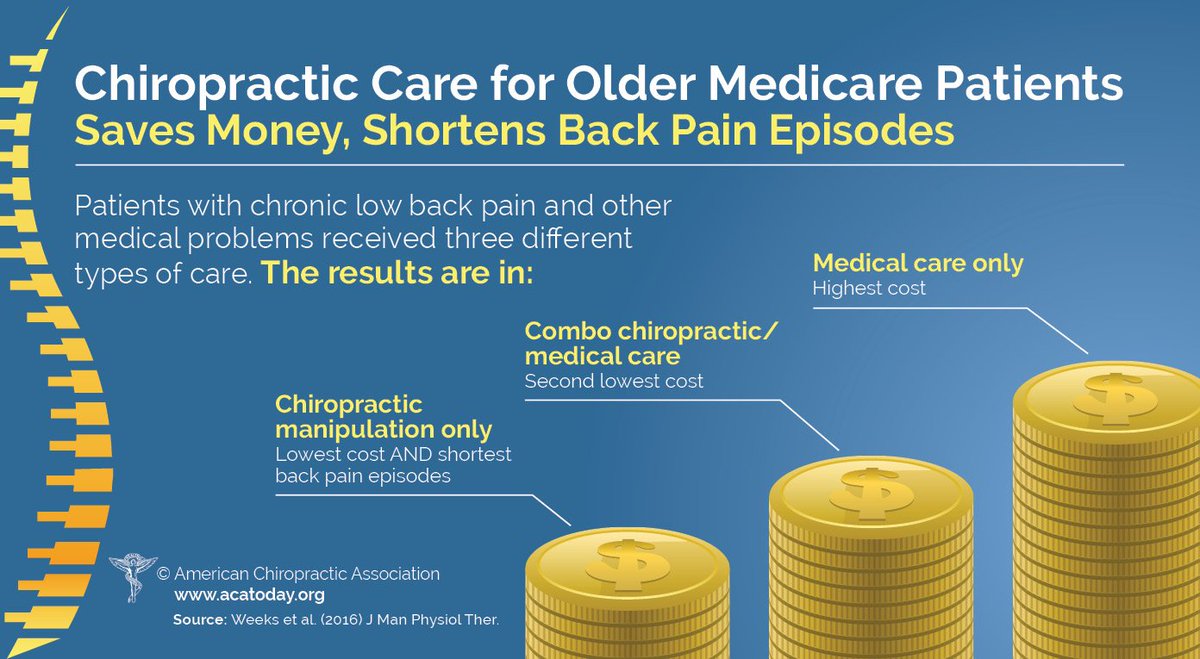Simply When You Think Alleviation Is Near, Soft Tissue Treatment Reveals Its Unpleasant Truths-- Find Why The Process Can Be Agonizing Yet Valuable
Simply When You Think Alleviation Is Near, Soft Tissue Treatment Reveals Its Unpleasant Truths-- Find Why The Process Can Be Agonizing Yet Valuable
Blog Article
Created By-Boysen Conradsen
When you undergo soft Tissue treatment, you may find it surprisingly unpleasant. This discomfort arises as stress is applied to stressful muscle mass and damaged tissues, causing your discomfort receptors. While it can feel upsetting in the moment, there's a reason behind this sensation. Recognizing what takes place in your body during these treatments can assist you appreciate the process. So, just what is going on below the surface area?
The Physiology of Discomfort During Soft Tissue Therapy
When you undergo soft Tissue therapy, your body's action to discomfort is a complicated interaction of physical processes. As the therapist applies stress, your body turns on discomfort receptors, sending signals to your mind. This sets off the release of natural chemicals, such as substance P and glutamate, which amplify the sensation of discomfort.
Your muscles might additionally tighten in feedback, more making complex the experience. Furthermore, your body might release endorphins, all-natural medicines that can aid reduce some discomfort.
The interaction between these procedures can create a distinct experience for every individual. Understanding https://painfreechiropracticclini28495.blogacep.com/38299936/sports-massage-techniques-explained-exactly-how-they-can-transform-your-training navigate the sensations throughout therapy, permitting you to value the balance between pain and the potential for recovery benefits.
The Function of Pain in the Healing Refine
Although discomfort during soft Tissue treatment can really feel frustrating, it plays an important duty in the healing procedure. When you experience pain, your body is signaling that it's working to repair broken tissues. This reaction helps increase blood circulation to the damaged location, providing crucial nutrients and oxygen required for healing.
In addition, discomfort can promote the release of endorphins, your body's all-natural pain relievers, creating a feeling of relief post-treatment. Accepting this discomfort can help you recognize your body's limitations and encourage you to deal with underlying problems.
While it's awkward now, this procedure is crucial for long-lasting recuperation and boosted function. Recognizing pain as an important part of recovery can encourage you to stay devoted to your treatment.
Tips for Managing Discomfort Throughout and After Therapy
Taking care of discomfort throughout and after soft Tissue treatment can significantly boost your general experience and healing.
To begin, communicate honestly with your specialist concerning your pain levels; they can adjust techniques appropriately. Making use of deep breathing methods can also help you kick back and alleviate pain.
Think about using please click the following internet site to the treated location post-session to lower inflammation and numb soreness. Remaining hydrated https://www.dynamicchiropractic.com/mpacms/dc/press_release.php?t=&id=1845&all=true in the healing process, so consume alcohol lots of water.
Mild stretching and light activity after therapy can promote blood flow and convenience rigidity. Last but not least, ensure you obtain sufficient rest to enable your body to recover.
Executing these pointers can make your soft Tissue treatment more convenient and delightful.
Conclusion
To conclude, while soft Tissue therapy can be uneasy, it's essential to acknowledge that this discomfort plays an essential role in your healing journey. By comprehending the physical actions at play, you can come close to the therapy with a more positive way of thinking. Remember, the preliminary pain typically gives way to relief as your body releases endorphins. Welcome the process, and don't think twice to make use of the pointers for handling discomfort to boost your experience and recovery.
